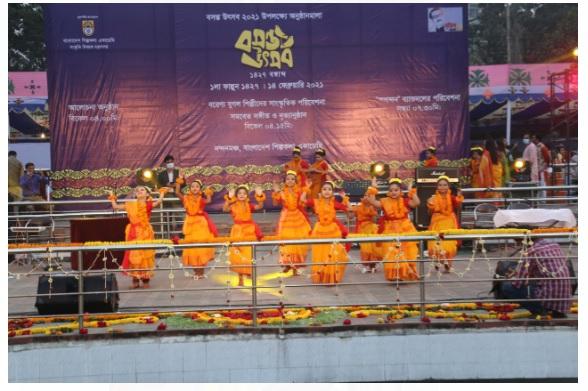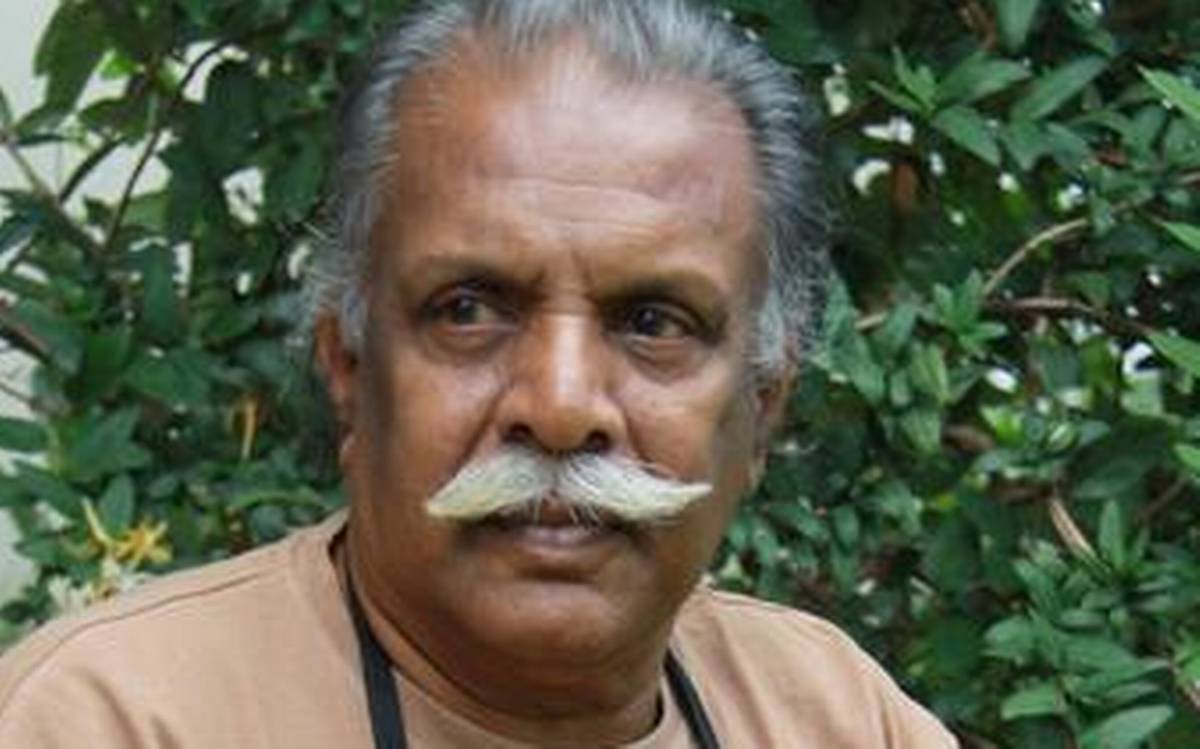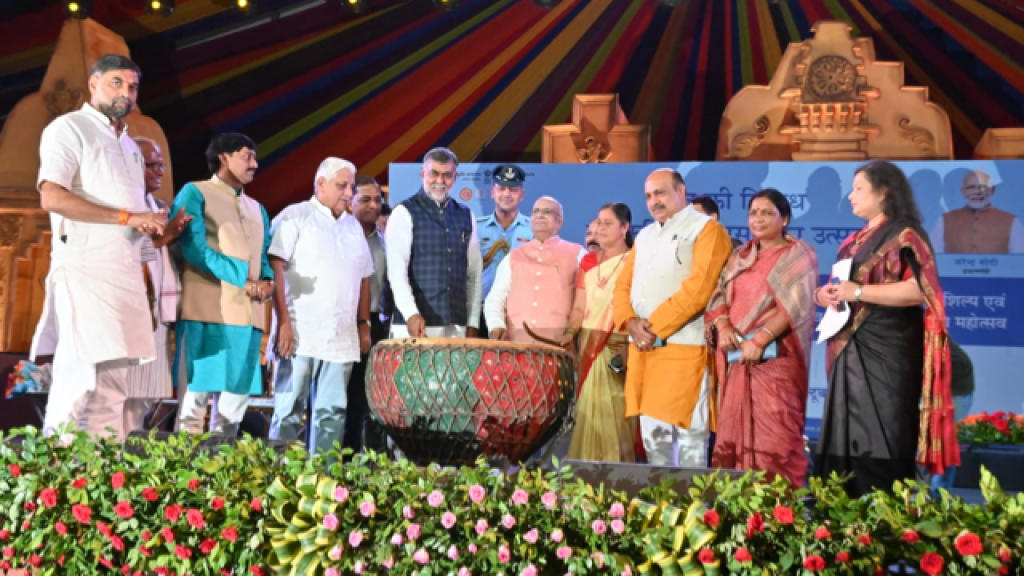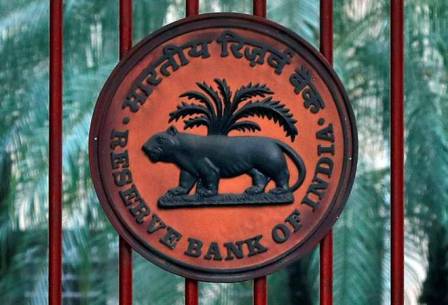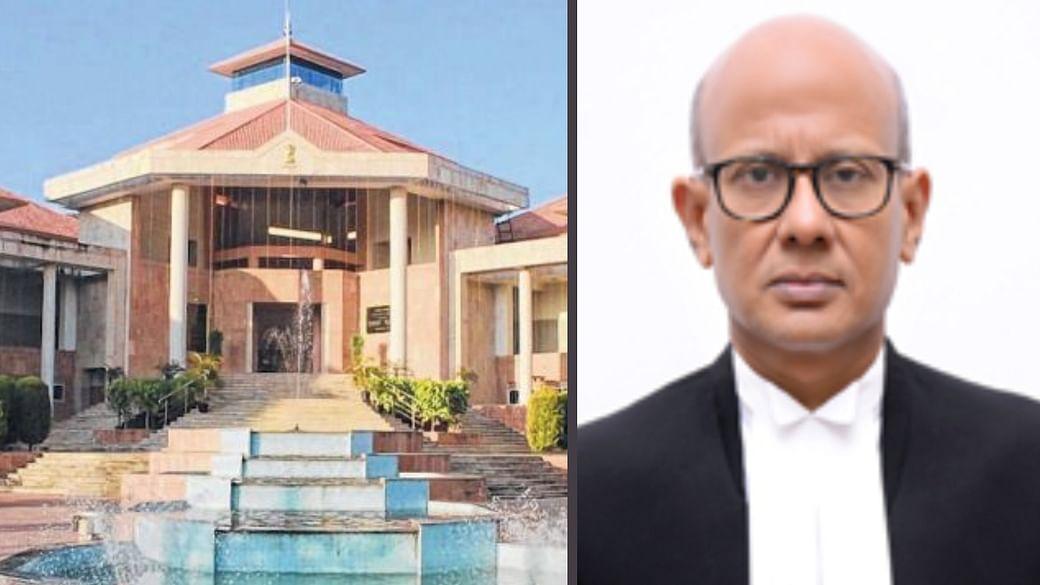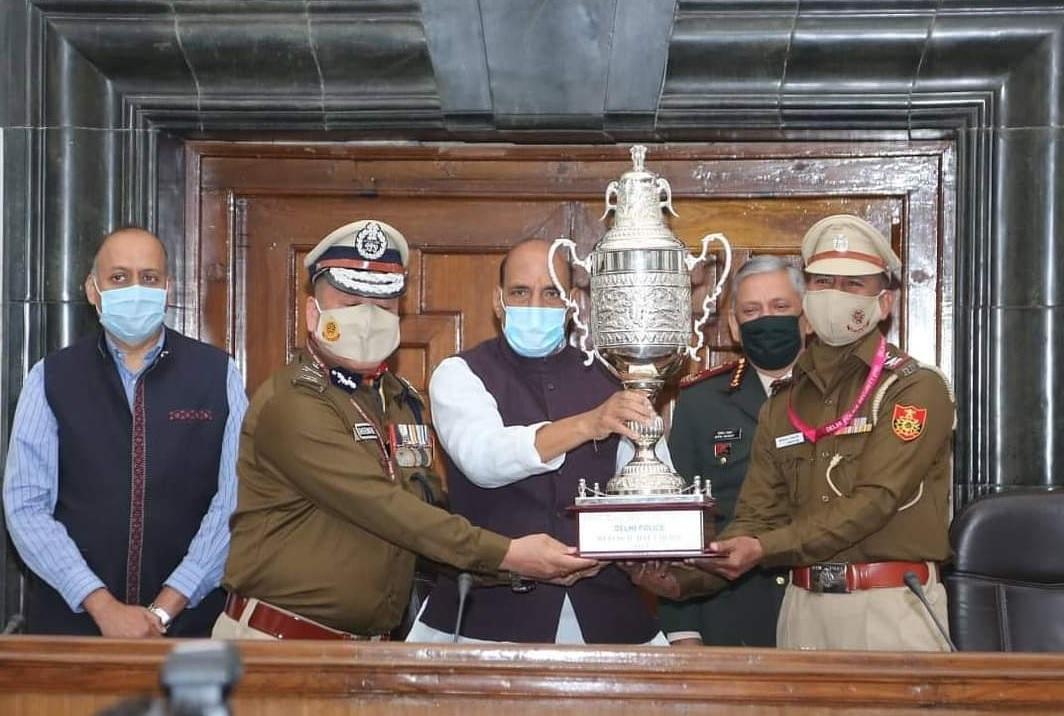What is the issue?
- The plains over North India reported a sharp shift in temperatures (rising) in mid-February.
- This has triggered apprehensions that the cold season is ending soon and the summers are going to start early. Here is a look at the geographical factors.
How has the weather over North India been in 2021?
- The region experienced continuous cold conditions all through January and the beginning of February 2021.
- Cold conditions dominated both the plains and hilly regions in North and Northwest India this season.
- The average monthly minimum temperature recorded over the country in January remained the warmest in 62 years.
- However, Delhi, Punjab, Haryana, Himachal Pradesh, Chandigarh and Jammu and Kashmir experienced prolonged severe cold conditions.
- The national capital and neighbouring areas also reported sporadic rainfall in the first week of January.
- However unlike the winter of 2020, not many cold day conditions were recorded during this season.
- In January, there were fewer and feeble western disturbances across lower latitudes.
- The effects of western disturbances were mostly limited to hilly regions in January.
Why is the sudden rise in temperatures?
- In the absence of cold wave and cold day conditions over the plains of north India, temperatures began to soar.
- Delhi, Dehradun and many locations in both the plains and the hills recorded significantly above normal day temperatures for this time of the year.
- On February 11, New Delhi recorded 30.4 degrees Celsius, which was 7.7 degrees above normal.
- The cold waves are prevented from reaching the northern parts of India by -
- the dominance of the prevailing easterly waves
- presence of multiple weather systems over Central India
- It is because of these that temperatures have seen a sharp rise.
- The temperature departures notably ranged between 5 to 7 degrees from normal.
How will these weather systems affect the cold conditions?







